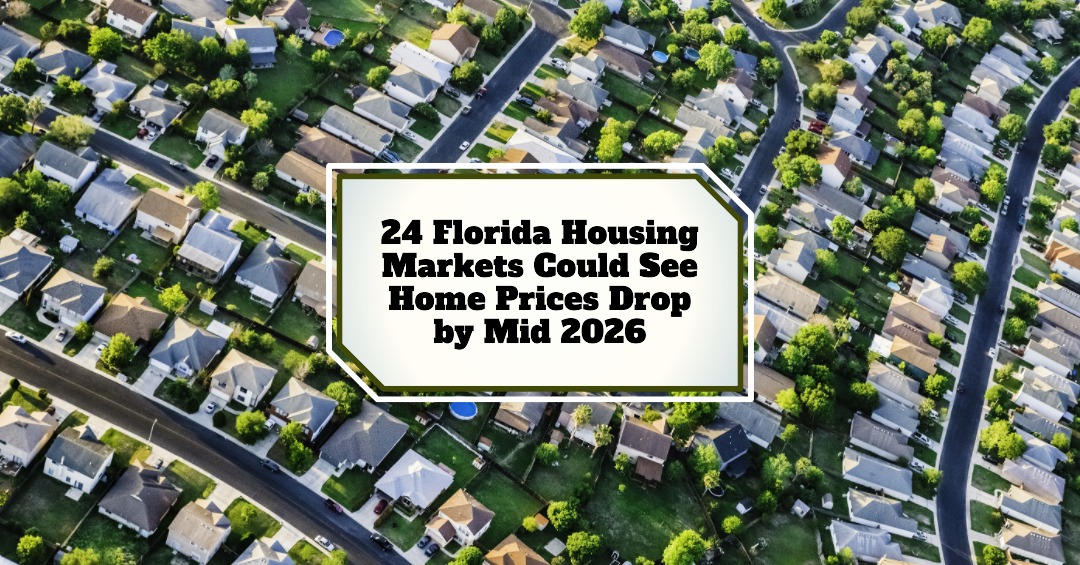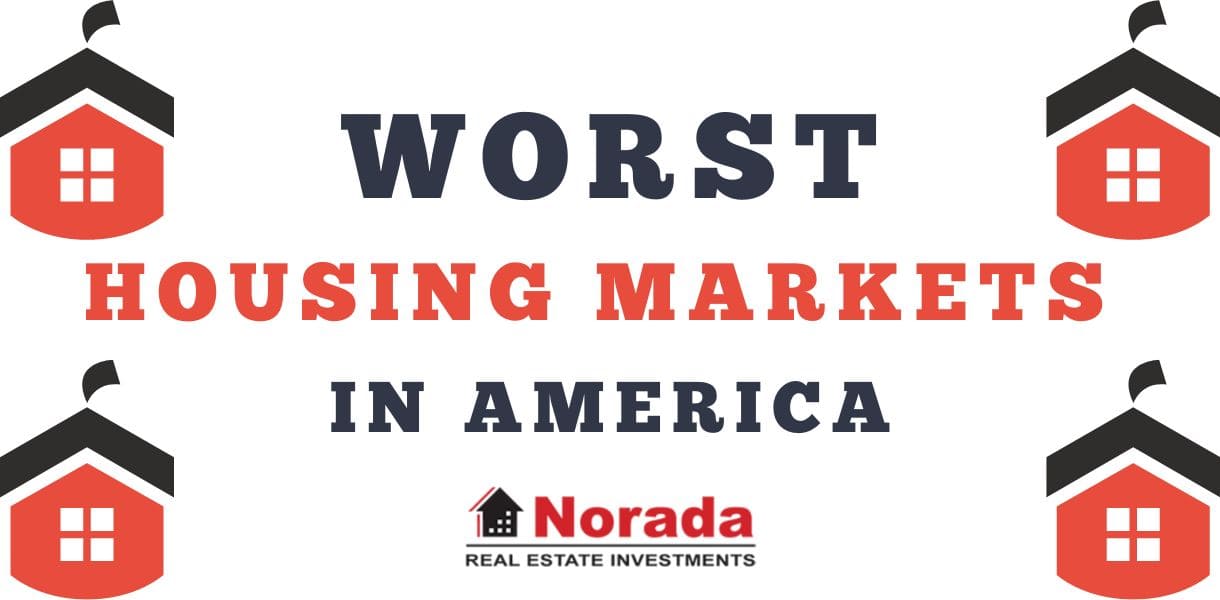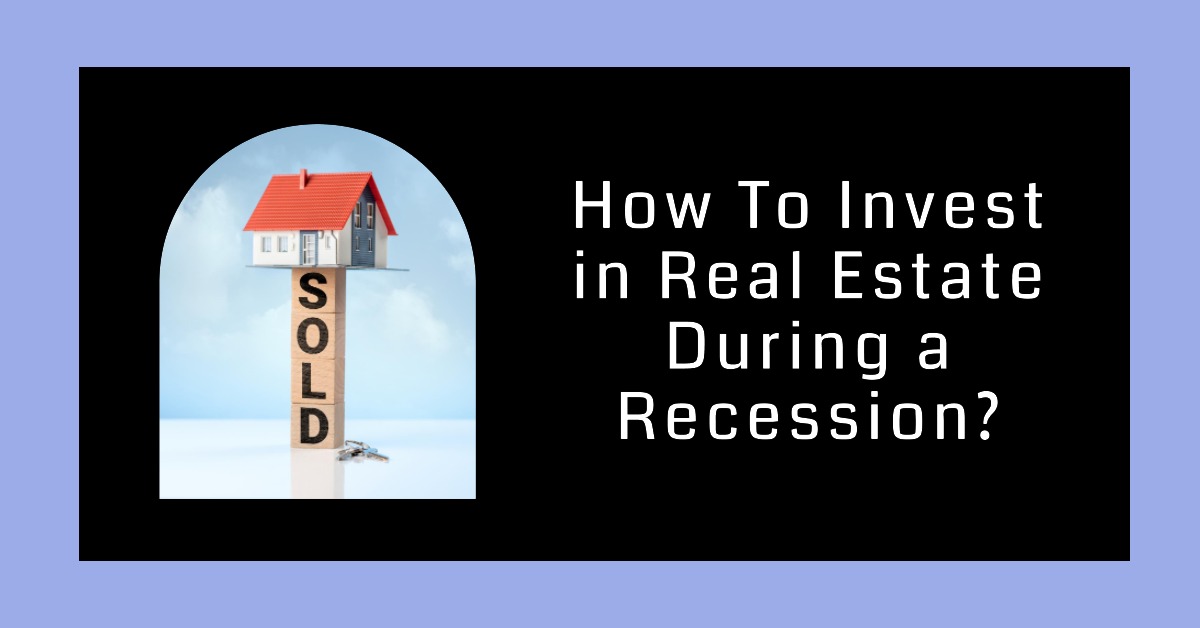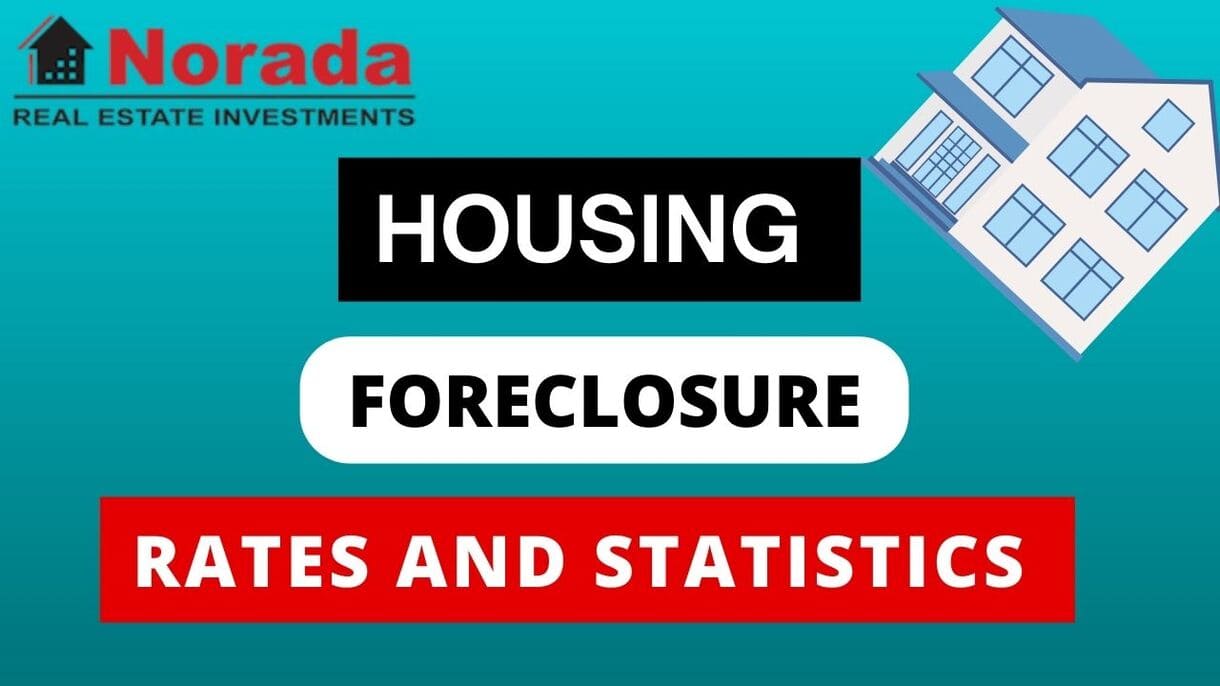According to recent data and forecasts, around 24 Florida housing markets may experience a drop in home prices by mid-2026. This isn't a cause for widespread panic, but it does signal a shift from the red-hot market we've seen in recent years towards a more balanced, and in some areas, a slightly cooler environment.
As someone who's been following Florida real estate for a while, this kind of adjustment is actually healthy for the long-term stability of the market. It means we're moving away from unsustainable price growth and towards a reality where affordability might become a bit more attainable for more people.
24 Florida Housing Markets Could See Home Prices Drop by Mid-2026
First, let's clear the air: “price drop” doesn't necessarily mean a crash. It means moderation, a cooling off after a period of intense appreciation. Think of it less as a nosedive and more as a gentle descent back to earth after a rocket launch. The data from Florida Realtors® for June and the second quarter of 2025 actually shows some interesting trends that support this, even as we look ahead to potential price moderation.
What's happening on the ground? In June, Florida saw its first year-over-year gain in closed single-family home sales since January, with a 2.8% increase. That's a positive sign, indicating more activity. However, when you dig into the second quarter numbers, sales were down 2.6%. It's a mixed bag, but the overall story is one of transition.
Dr. Brad O’Connor, the Chief Economist at Florida Realtors®, pointed out that this June rebound helped soften what would have been a tougher second quarter. For condos and townhouses, sales were down 6.4% in June, which, while still a decline, was significantly less severe than the 20% drop seen in May. This suggests that while the market is cooling, it's not collapsing.
The median sales price for single-family homes in June was $412,000, down 3.5% from June 2024. Condo prices saw a sharper drop of 7.7%, with the median price at $300,000. This is crucial information: prices are moderating. For the second quarter, the single-family median price was $414,900 (down 3.1%), and the condo median was $310,000 (down 6.1%). This moderation is a key indicator of the market shifting from a seller's advantage to a more balanced playing field.
What's Driving the Shift in Florida's Housing Market?
Several factors are contributing to this evolving market. One major player is inventory. Dr. O’Connor noted that active listings for single-family homes were down 2.7% in June compared to the previous year. This follows a period of growth in new listings earlier in the year. For condos and townhouses, new listings were down even more, 7.5% year-over-year in June.
What does this mean? While the number of homes for sale might be slightly down compared to last year, the months' supply is still healthy. We're looking at 5.6 months' supply for single-family homes and a robust 10 months' supply for condos and townhouses. A “months' supply” tells us how long it would take to sell all the homes currently on the market at the current sales pace. Anything over 4-6 months is generally considered a balanced market, and 10 months definitely favors buyers. This increased supply gives buyers more choices and more negotiating power, which naturally puts downward pressure on prices that were previously being bid up aggressively.
Another significant factor is interest rates. While not explicitly detailed in the provided data, we all know that higher mortgage rates make buying a home more expensive, even if the list price hasn't changed. For many potential buyers, this increased cost can price them out of the market or force them to look for more affordable options, thus slowing down demand and eventually impacting prices.
Tim Weisheyer, the 2025 Florida Realtors® President, hit the nail on the head when he said the market is “transitioning toward balance.” He also highlighted that “motivated sellers who understand today’s market dynamics are attracting qualified buyers.” This is the human element of the market. Sellers who overprice their homes or are unwilling to negotiate are going to be left waiting. Those who are realistic about current conditions and are working with skilled Realtors® are the ones who are seeing success.
Spotlight on the 24: Which Florida Markets Could See Price Declines?
Now, let's get to the specifics. Zillow's data offers a projection of potential price changes in various Florida metropolitan areas (MSAs) through mid-2026. It's important to remember that these are forecasts, not guarantees, and they are based on sophisticated modeling. However, they do give us a strong indication of where more significant price moderation might occur.
The table below outlines some of these markets, showing the projected percentage change in home prices from June 2025 through July 2025, September 2025, and finally, June 2026.
| Florida Market | Projected Price Change (July 2025) | Projected Price Change (Sept 2025) | Projected Price Change (June 2026) |
|---|---|---|---|
| Punta Gorda, FL | -1.4% | -3.3% | -4.0% |
| North Port, FL | -1.1% | -3.2% | -3.2% |
| Cape Coral, FL | -1.2% | -2.9% | -2.9% |
| Crestview, FL | -0.7% | -2.0% | -2.6% |
| The Villages, FL | -0.4% | -1.3% | -2.4% |
| Tallahassee, FL | -0.4% | -1.4% | -2.1% |
| Panama City, FL | -0.6% | -2.0% | -2.1% |
| Deltona, FL | -0.7% | -1.9% | -1.9% |
| Gainesville, FL | -0.5% | -1.7% | -1.8% |
| Jacksonville, FL | -0.6% | -1.7% | -1.7% |
| Palm Bay, FL | -0.6% | -1.7% | -1.6% |
| Sebastian, FL | -0.8% | -1.9% | -1.6% |
| Tampa, FL | -0.7% | -2.0% | -1.5% |
| Orlando, FL | -0.7% | -1.8% | -1.5% |
| Lakeland, FL | -0.6% | -1.6% | -1.3% |
| Pensacola, FL | -0.4% | -1.3% | -1.3% |
| Palatka, FL | -0.3% | -1.4% | -1.3% |
| Naples, FL | -0.9% | -2.4% | -1.2% |
| Homosassa Springs, FL | -0.7% | -1.9% | -0.9% |
| Miami, FL | -0.7% | -1.8% | -0.7% |
| Port St. Lucie, FL | -0.7% | -1.7% | -0.7% |
| Arcadia, FL | -0.5% | -1.6% | -0.7% |
| Key West, FL | -0.7% | -1.7% | -0.5% |
| Ocala, FL | -0.5% | -1.3% | -0.2% |
Looking at this table, you can see that markets like Punta Gorda, North Port, and Cape Coral are projected to see the most significant price moderation by mid-2026, with percentages in the negative territory. These are areas that, like much of Florida, experienced substantial price growth over the past few years. As the market normalizes, it's natural that some of the more rapid appreciation will be reined in.
Why These Specific Markets? Insights and Nuances
It's not a coincidence that many of the markets showing potential price moderation are in Southwest Florida and along the Gulf Coast. These regions, including Punta Gorda, North Port, Venice (part of the North Port-Sarasota-Bradenton MSA), Fort Myers, and Cape Coral, saw some of the most dramatic price increases during the boom years. This was fueled by a combination of factors, including robust demand from out-of-state buyers, limited inventory, and relatively lower price points compared to some other popular coastal areas which made them attractive.
As the market cools, these areas are likely to experience a more pronounced correction because the feverish demand that drove prices sky-high may also be the first to temper. When inventory levels rise, as they have been, and demand softens slightly due to economic conditions and higher interest rates, prices can begin to adjust downwards.
The Villages, known for its unique demographic and active adult community, also appears on this list. While it has its own distinct market dynamics, it's not immune to broader economic trends. The projected slight dip here might reflect a normalization of demand after a period of intense interest.
Other areas like Crestview, Tallahassee, and Panama City in the Panhandle are also showing projected declines. These markets might be more sensitive to shifts in local economic drivers, perhaps related to military presence or specific industry employment.
Jacksonville, Tampa, and Orlando – the major metropolitan hubs – are also included, though with more modest projected declines. These are larger, more diverse economies, which can sometimes buffer the impact of market shifts compared to smaller, more specialized areas. However, even in these larger markets, the overall trend of softening prices is evident in the data.
I’ve lived and worked in various parts of Florida, and in my experience, these markets often lead the way in price adjustments, both up and down. When growth was rapid, these were the places seeing the biggest jumps. Now, as things settle, they are showing the most significant moderation.
What Does This Mean for Buyers and Sellers?
For buyers, this is potentially good news. If you've been priced out of the market or struggling to compete, softer prices and increased inventory could mean more opportunities to find a home that fits your budget. It might be the time to be patient, get pre-approved for a mortgage, and work with a local expert to understand the nuances of specific neighborhoods. Don't rush into a purchase, but be ready to act when the right opportunity arises. This period of moderation can help you avoid overpaying, which is a smart long-term strategy.
For sellers, it means adjusting expectations. The days of multiple offers significantly over asking price might be fewer and farther between. It's crucial to price your home accurately based on current market conditions and be prepared to negotiate. Working with a Realtor® who has their finger on the pulse of your local market is more important than ever. They can help you stage your home effectively, market it strategically, and guide you through negotiations to ensure the best possible outcome.
The Bigger Picture: A Healthy Market Adjustment?
From my perspective, this isn't a sign of impending doom for Florida real estate. Instead, it looks like a natural correction after an unsustainable period of growth. The rapid price increases we saw were driven by a confluence of factors: low interest rates, a surge in demand from people relocating, and a lack of available housing. As interest rates have climbed and inventory has started to improve (even with some recent dips in new listings), the market is recalibrating.
The fact that closed sales are starting to tick up is encouraging. It suggests that demand hasn't disappeared; it's just becoming more selective and price-sensitive. A market with steady demand and more balanced prices is often healthier and more sustainable in the long run than one that experiences wild, unpredictable swings.
The expert consensus, as echoed by Tim Weisheyer, points to a market that's moving toward “balance.” This means that we'll likely see more predictable price trends, more reasonable negotiation periods, and a more stable environment for both buyers and sellers. It's about restoring a sense of normalcy after an unusual period.
Looking Ahead: Key Takeaways
- Price Moderation is Expected: Approximately 24 Florida housing markets are projected to see home prices decline by mid-2026.
- Southwest Florida Impact: Areas like Punta Gorda, North Port, and Cape Coral may experience more notable price adjustments.
- Data Supports a Shift: Recent Florida Realtors® data shows moderating prices and a mixed bag for sales, indicating a market in transition.
- Inventory and Interest Rates are Key: Increased supply and higher borrowing costs are influencing demand and price trends.
- Opportunity for Buyers: Potential buyers may find more favorable conditions and greater affordability.
- Sellers Need Realistic Expectations: Pricing and negotiation strategies are critical for sellers in this evolving market.
It's an exciting time in Florida real estate, not because of sky-high price appreciation, but because we're moving towards a more stable and predictable market. For anyone involved in buying or selling a home in Florida, staying informed and working with experienced professionals are your best tools. The market is always changing, and understanding these shifts is key to making smart decisions.
Stay Ahead of the Florida Housing Market Shifts
With reports suggesting that multiple Florida housing markets could face price declines by mid-2026, smart investors are preparing now.
Norada helps you identify stable, cash-flowing rental properties in resilient markets—so you can protect your portfolio and grow long-term wealth.
STRATEGIC OPPORTUNITIES AVAILABLE NOW!
Talk to a Norada investment counselor today (No Obligation):
(800) 611-3060
Read More:
- Key Trends Shaping the Florida Housing Market in 2025
- This Florida Housing Market Bucks National Trend With Declining Prices
- Florida Housing Market Crash 2.0? Analyst Warns of 2008 Echoes
- Tax Relief Proposed as Florida Housing Market Faces Deepening Crisis
- Is the Florida Housing Market on the Verge of Collapse or a Crash?
- 3 Florida Cities at High Risk of a Housing Market Crash or Decline
- Florida Housing Market: Record Supply Expected to Favor Buyers in 2025
- Florida Housing Market Forecast for Next 2 Years: 2025-2026
- Florida Housing Market: Predictions for Next 5 Years (2025-2030)
- Hottest Florida Housing Markets in 2025: Miami and Orlando
- Florida Real Estate: 9 Housing Markets Predicted to Rise in 2025
- 3 Florida Housing Markets Are Again on the Brink of a Crash
- Florida Housing Market Predictions 2025: Insights Across All Cities
- When Will the Housing Market Crash in Florida?
- South Florida Housing Market: Will it Crash?





